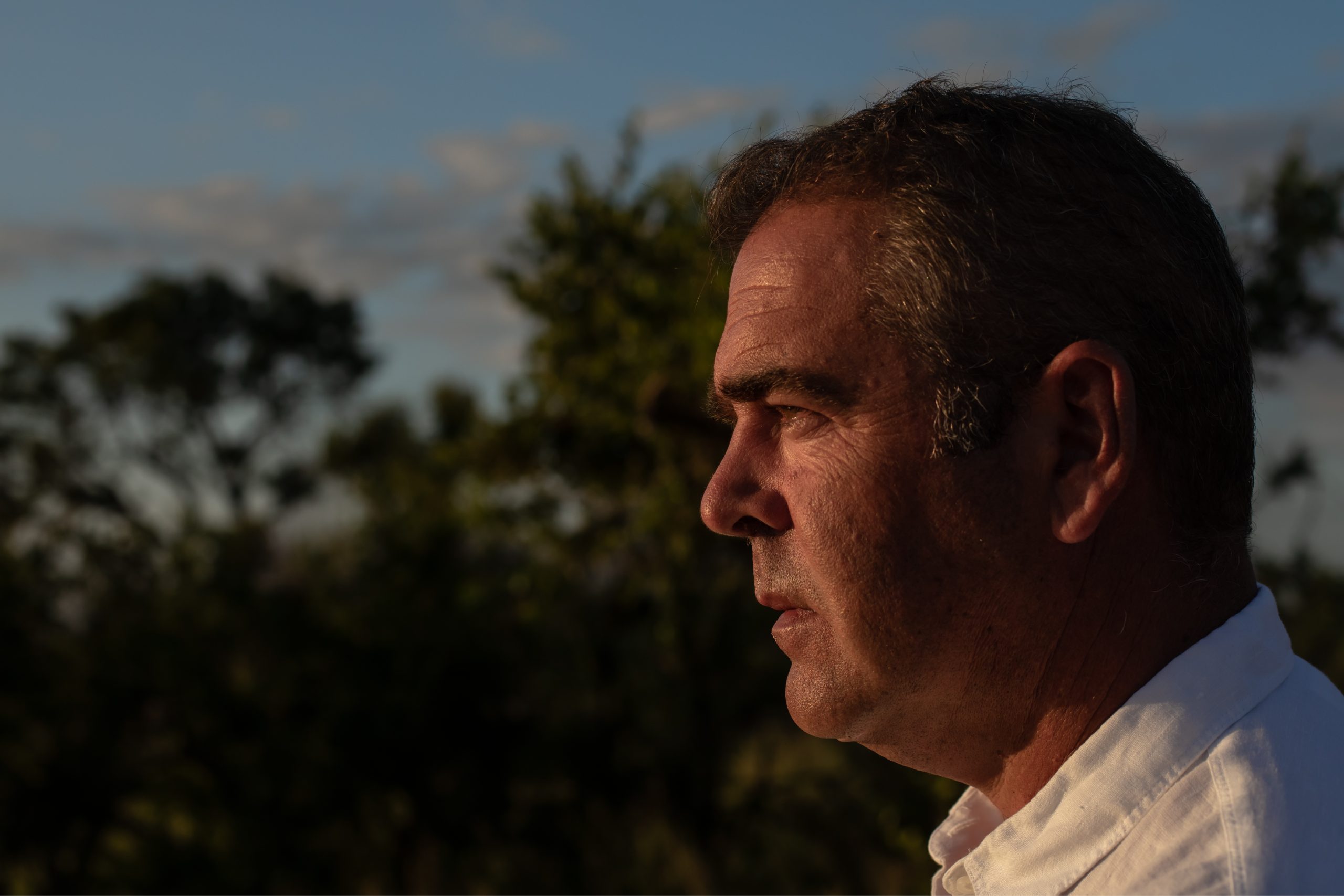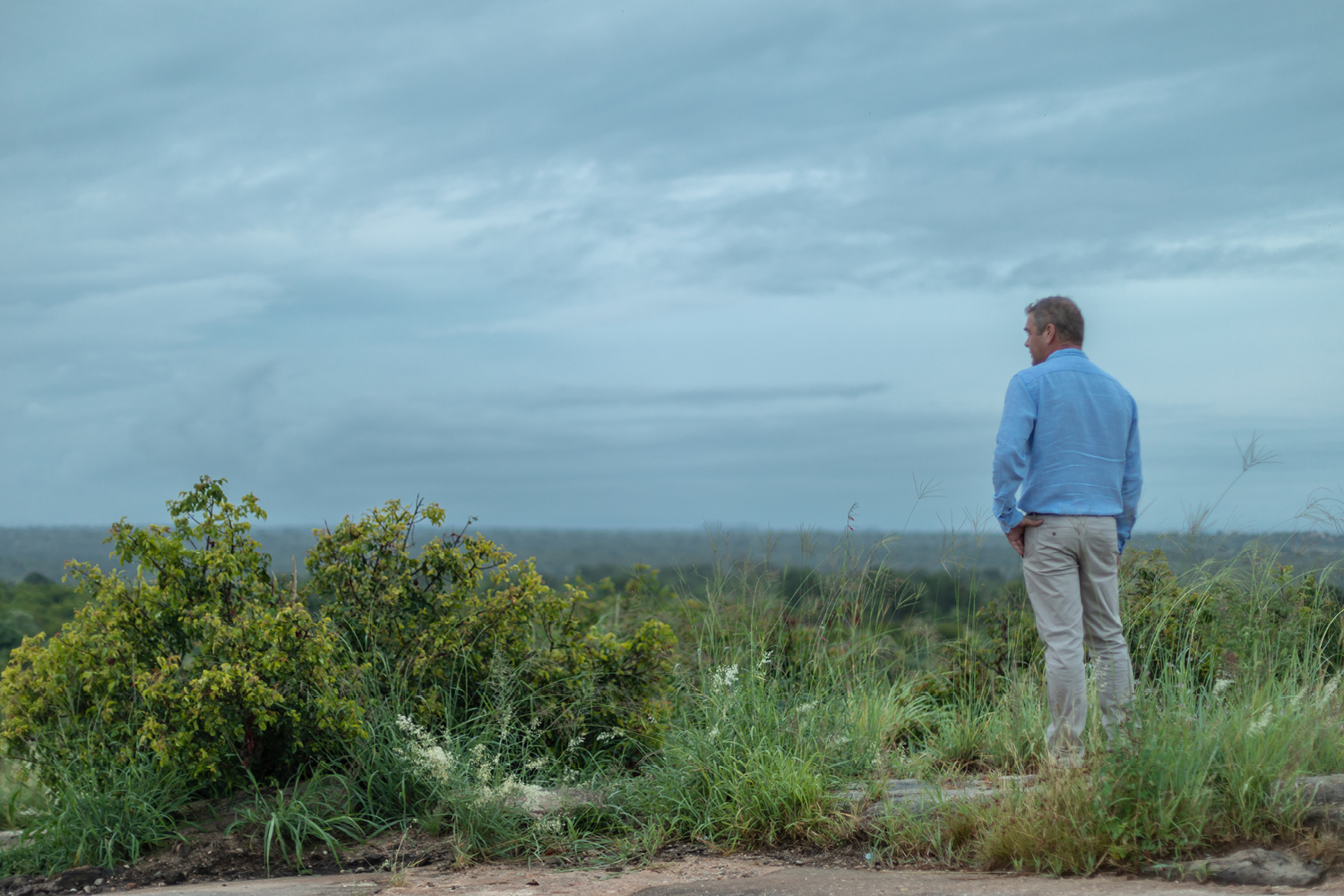Asset allocation and equity opportunity in 2024
2024 promises to interesting year for investors, given expectations of a turn in the rates cycle, geopolitical uncertainty, elections and the crisis at Eskom and Transnet.
Managers of Amplify Investment Partners’ funds, speaking at the first Amplify PowerHour Webinar of 2024, provided some insight into what these issues mean for asset allocation and equity performance and how they are responding.
The year will be tricky, with uncertainty around the Fed’s moves on interest rates, widespread elections and ongoing geopolitics, said Carmen Nel, head of multi-asset at Terebinth Capital, which manages the Amplify SCI* Strategic Income Fund. This highlights the benefits of having a multi-asset fund, whether balanced or income, she said, adding that the fund continues to have a diversified portfolio which is more defensive and biased towards fixed income.
Leon Michaelides, portfolio manager at Matrix Fund Managers, which manages the Amplify SCI* Defensive Balanced and the Amplify SCI* Absolute Fund said that offshore bonds are starting to price in the move into an interest rate cutting cycle. In SA, the yield curve is still very steep and there is value on offer. The funds’ managers prefer fixed rate, but note that cash is attractive, and there is a need to look at what the cutting cycle effect will be on more risky asset classes like equity, which in SA, has underperformed bonds in the last five years while offshore equity has outperformed offshore bonds handsomely. Rate cuts open the window for more risky asset classes, and for the first time in a long time, local equities are starting to look more attractive than most of the fixed income asset classes, resulting in the funds increasing their allocation to local equity from early this year.
Omri Thomas, director at Abax Investments, which manages the Amplify SCI* Flexible Equity Fund, said the fund’s mandate is to try to achieve 60% upside and 40% downside, so there is constant rotation between capital preservation mode and capital appreciation mode. Given the macro environment and the headwinds, the fund moved more to capital preservation. Low risk instruments provide attractive returns with limited risk, and a more conservative position in the current environment is suitable, he said. He said SA equities are extremely cheap compared to history, global markets, and emerging markets. There has been a structural change in terms of capital flow as Regulation 28 changes saw a lot of local managers increase offshore exposure at the expense of local, while foreign investors are not convinced on SA’s prospects. This leaves lots of opportunities on the local market, with companies on 6 or 7 PEs and decent dividend yields, and with some growth and prospects determined by themselves rather than macro conditions. This is positive for local equities, relative to especially the US which expensive, and the fund has increased its allocation.
Michaelides said the structural change had a pronounced impact as it happened at a time when dollar strengthening was creating more liquidity getting sucked out of SA and emerging markets. A change in the dollar cycle after the Fed starts cutting could be a catalyst for change. He said that last year’s high levels of loadshedding took out a massive amount of economic capacity. Local equities are stacking up well against other asset classes, and the funds’ managers see opportunities in the local market. Thomas said that if large caps are neglected, small caps are even more so, but good quality companies such as Zeda and Raubex can be picked up at attractive prices.
Nel said the fund has been allocating more to offshore bonds, and while the rally in the fourth quarter did bring yields in a bit, overall, they are still attractive, provide some diversification and would benefit from rate cuts.
Nel said the rand is expected to benefit from the dollar weakening, and that less severe loadshedding and fewer massive surprises (Transnet and Eskom’s troubles are known, and we are better able to cope with loadshedding) would give a boost to local growth leading to a stronger rand, and she expects R17 to R17 50 by the end of the year. However, there are questions around the outcome of the election.
Michaelides sees the rand between R18.50 and R19.50 towards end of the year. Structural issues in SA continue to escalate, and if they persist, the rand will not benefit from change in the dollar cycle and could end up close to R19.50 or even R20. He said that holding dollars now in a multi asset fund is a bit return dilutive, although it needs to be there for diversification. That’s why it has been reducing these holdings in its portfolios.
Thomas said the rand was slightly undervalued, and with the election uncertainty, we are not likely to see significant rand strength.
Looking at equities, Brian Thomas, portfolio manager Laurium Capital and manager of the Amplify SCI* Balanced Fund said value shares will benefit as rates start to come off towards end of the year, so the fund will maintain the value slant in its offshore component.
Iain Power, CIO of Truffle Asset Management and manager of the Amplify SCI* Wealth Protector Fund, said many assets have been derated, and are on valuations of 5 to 6 PEs with dividend yields of 6 to10%, but not all are equal. There is opportunity to get exposure to equities which have been sold off more than they should have, and some value shares are increasingly being overlooked. Coming off 2023 loadshedding and a low earnings base, one could expect some decent earnings growth. The fund’s managers like financials such as ABSA and some mid-caps such as Wilson Bayly Holmes. They look for opportunities to get the equity kicker exposure to put on top of the fixed income engine, which is generating returns of 10 to 10.4% on a consolidated basis. A little equity slice on top of around 25%, can provide dividend and earnings growth and a free option on a rerating should it happen.
Jonathan du Toit, CEO of Oyster Catcher Investments, which manages the Amplify SCI* Equity Fund, said that last year, the fund added a lot of value by being significantly underweight in the PGM sector. As share prices move, the fund’s managers adjust the portfolio, which adds quite a lot of additional return.
Asked about property, he said property is a separate strategy in the Amplify SCI* Managed Equity Retail Hedge Fund. Property is similar to a long duration government bond with very similar return dynamics, and he favours companies like NEPI Rockcastle and Growthpoint which offer decent value.
Thomas said that the fund has exposure to Growthpoint and outsize exposure to government bonds which have similar return profile to property, but at lower risk.
Power said there is better value in the property sector currently, and the fund upweighted it last year, with NEPI and Dipula having decent yields, while prospects of rate cuts at some point could provide a catalyst for a rerating.
On retail, Thomas said a lot of bad news is priced into retail stocks with consumers under pressure, the impact of higher rates, higher inflation and less money at the end of the month. Black Friday wasn’t good last year, but retailers in general had a pretty good December, and when there is a huge amount of bad or potentially bad news and it is priced in, a modicum of good news – such as that recently communicated by Mr Price and Foschini – results in stocks rising. He said the outlook for the consumer is still pretty testy, but it is all about the valuation.
On Naspers and Prosus, Du Toit said risks that are difficult to quantify, such as the Chinese government doing something materially bad for shareholders, mean the fund will never be more than 3.5% overweight, although Naspers is very high on its ranking table and very cheap. The fund bought more when the share dropped in December after the government issued draft legislation trying to limit the amount gamers spend on gaming. Uncertainty brings opportunity, and the fund manages the risk by limiting its position.
On Sasol, Power said there had been a structural derating with various issues including its business model, ESG issues around pollution, its inability to move to cheap gas and the uncertain chemical cycle. Sasol has to spend enormous amount of capital to maintain production, around R30bn on capex a year and it is already R90bn in debt. Where management has little ability to predict prices of chemicals, fuel and the rand, when there is high leverage and free cash flow is under pressure, that’s when equity value can suddenly compress.
*Sanlam Collective Investments
Click here to view disclaimer











